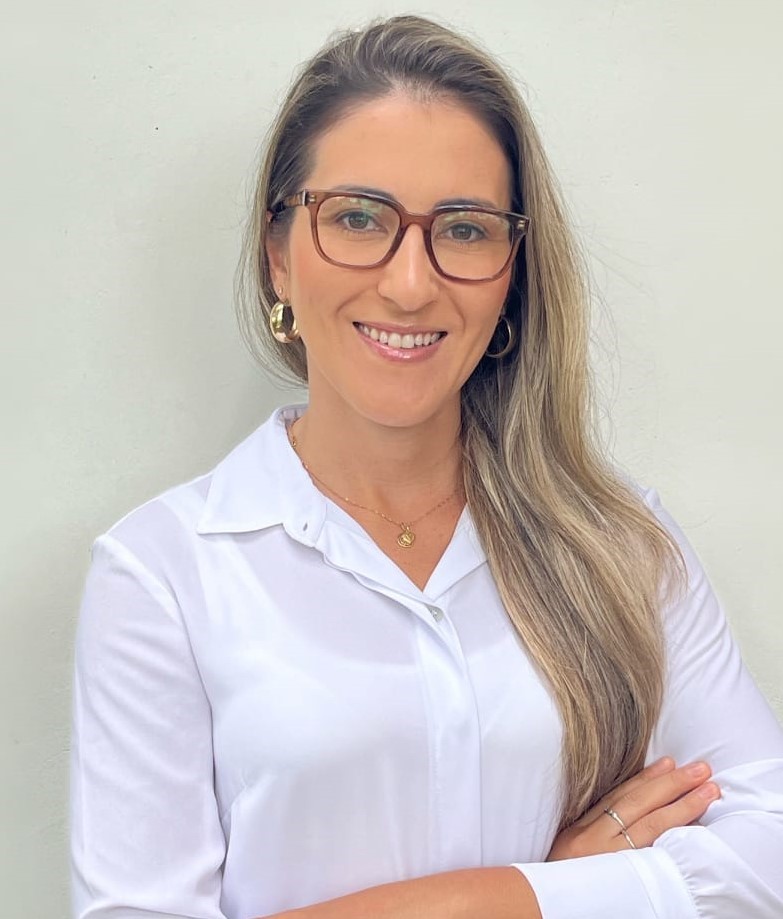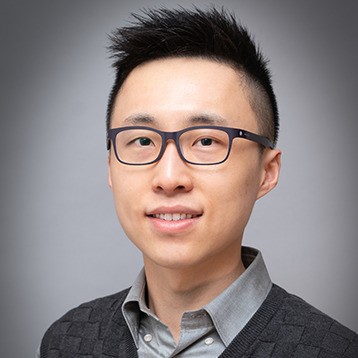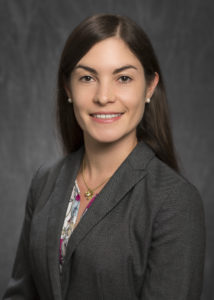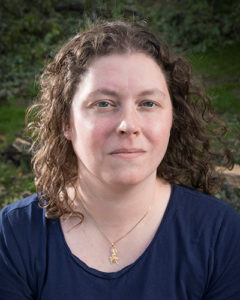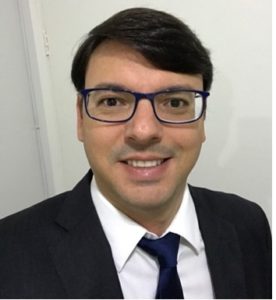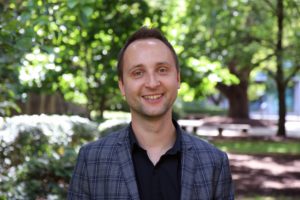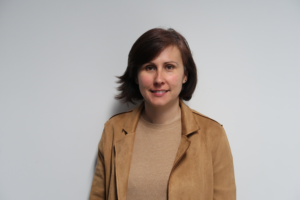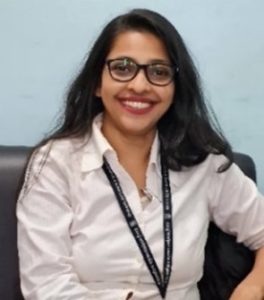We are delighted to present the 2023 edition of the RSC Advances Emerging Investigators series! Following the success of our 2022 edition, we are excited to continue highlighting the chemistry research being conducted by some of the leading investigators in our community.
This year’s Series Editors were Professor Shirley Nakagaki (Federal University of Paraná, Brazil) and Dr Fabienne Dumoulin (Acıbadem Mehmet Ali Aydınlar Universit, Türkiye). Eight articles were selected to support emerging researchers who are already making strides in their respective fields of research, both nationally and internationally. In this series, researchers address issues around water pollution, and develop analytical tools for the detection of biologically relevant substances. We also showcase efforts to prepare and characterize new compounds, as well as computational and theoretical research. Read all about the contributions in this accompanying Editorial.
We would like to take this opportunity to highlight an author from the series, Vanessa Nascimento.
Mother of twins Arthur and Lucca (6 years old). She graduated in Industrial Chemistry from the Universidade Federal de Santa Maria (2009). Master (2011) and PhD in Chemistry from the Universidade Federal de Santa Catarina, with a period funded by PDSE/Capes, at UNIPG, Italy (2015). She completed her postdoctoral, under the supervision of Prof. Dr. Faruk Nome, also at UFSC. Since 2016, she has been an Adjunct Professor in the Department of Organic Chemistry at the Universidade Federal Fluminense, where she leads the research group: SupraSelen (SupraSelen Laboratory). She has experience in Chemistry, with an emphasis on Organic Synthesis. Her field of activity mainly covers the synthesis of compounds functionalized with organochalcogens for application in biological tests. She also works in the synthesis and applications of compounds involving Supramolecular Chemistry. She received the PeerJ Award in 2019 and, in the same year, became a Young Scientist of Our State by FAPERJ. Between 2020 and 2024, she served on the Young Researchers team of the Brazilian Chemical Society (secretary during 2022-2024) and the Latin American Network of Young Scientists working in Chemistry (LANYSC). In 2021, she joined the Núcleo Mulheres SBQ (media committee) and the International Younger Chemists Network (Public Outreach Committee). In 2022, she received the Jovem Cientista Fluminense Award from the Brazilian Chemical Society – Rio de Janeiro, where she serves as Treasurer for the period 2024-2026. ACS Premium Membership since 2023 and Full Member of the SBQ since 2008. Topical Advisory Panel and Guest Editor for Processes Journal, International board and secretary of the SeS Redox and Catalysis Network. In 2024, it received the Sustainability Star award from the American Chemical Society.
Vanessa summarises her research in the video below, check it out!
We interviewed Vanessa to find out more about her area of research and her contribution to the series.
1. Could you briefly explain the focus of your article to the non-specialist (in one or two sentences only) and why it is of current interest?
In this study, we employed chemical techniques to combine three distinct vital groups into a single structure. These cores include naftoquinones, natural products such as Vitamin K; selenium, an essential micronutrient for life; and triazoles, structures present in several drugs.
The aim was to investigate the electrochemical properties of this new and innovative combination. Why? Because delving into the study of such a structure holds the potential to yield sophisticated materials like optical sensors or even more potent medications.
2. How big an impact could your results potentially have? In your opinion, what are the key design considerations for your study?
The initial impact was the development of an efficient synthesis strategy, using a cycloaddition reaction that enabled the obtention of a series of 10 molecules with diverse substituents and high yields. The second noteworthy impact was the investigation of photophysical, electrochemical, and potential generation of reactive oxygen species. Our studies have demonstrated the promise of these structures and highlighted the differences between the chalcogens S, Se, and Te, motivating us to further explore the developed molecules. The insights obtained are crucial for future applications of these derivatives in various biological assays.
3. Could you explain the motivation behind this study?
The driving force behind the research conducted by our group is to promote well-being and enhance life for society, particularly for those facing socio-economic challenges. Leveraging our expertise in synthesis and diverse applications, we aim to develop technologies that will reach the market and benefit these individuals. For instance, this includes the creation of new, more efficient and affordable pharmaceutical options, as well as innovative materials that are cost-effective and adhere to the principles of sustainability. And this study was no exception…
4. Which part of the work towards this paper proved to be most challenging?
The most challenging aspect of any research endeavor, especially for young and woman researchers in Brazil, is conducting high-quality science with limited resources. From a chemical standpoint, the biggest challenge was obtaining the molecules. In other words, we knew that combining these cores held immense potential across various fields, but we needed to develop an efficient strategy to merge them and obtain them in pure form. Thus, making this strategy work was the greatest hurdle we faced.
5. What aspect of your work are you most excited about at the moment?
My work fascinates me on two fronts: firstly, the opportunity to generate knowledge that will add value to society, new medicines, new materials…and secondly, the formation of high-quality human resources every day. Inspiring future generations to seek, through science, ways to aid humanity is fantastic, highlighting the motivation to woman to be scientist. I would like to be an example for them and this motivates me every single day.
6. How has your research evolved from your first article to this particular article?
My first article, as an undergraduate student, delved into the synthesis of organochalcogen-amino acid derivatives for application in asymmetric catalysis. As it is evident, my career trajectory has been dedicated to exploring the potential of organochalcogen compounds combined with other biologically compatible molecules. After completing my PhD studies in this area and falling in love with everything that involves research, I decided that this was the career I wanted to pursue. I was approved in my first competition and since then, I have been developing research in the area of chalcogens. I have already received some awards with recognition from peers and the media. I also emphasize the research lines developed by our group, involving various Nobel Prize-winning discoveries, both in the past and in contemporary times.
7. What is the next step? What work is planned?
The next step for our work, which we are already being done, is the application of these structures in biological assays, both in vitro and in vivo, particularly those involving reactive oxygen species. Additionally, we are optimizing the structure to enhance photophysical and electrochemical properties. All these works have one goal in the end of the day: to save lives and help make people’s lives better.
8. Why did you want to publish in RSC Advances?
I aimed to publish in RSC Advances because it holds a prestigious position within the academic community. The journal features articles of exceptionally high quality that garner significant citations. Moreover, the editorial support, decision-making process time, and bureaucratic procedures are all easily manageable. I would also like to highlight the support provided to us young Brazilian chemists by the Royal Society of Chemistry, which yields incredibly positive outcomes.
9. What are your thoughts on open access publishing?
I believe that open access publishing is the very near future for academic article publications worldwide. I am in favor of it because knowledge should be shared without costs for society, ultimately benefiting all of us. However, as a scientist in a developing country with limited funding, I am deeply concerned about open access because we may not have the means to publish due to the fees charged by journals. Therefore, there needs political actions in place to address this issue as well.

Submit to RSC Advances today! Check out our author guidelines for information on our article types or find out more about the advantages of publishing in a Royal Society of Chemistry journal.
Keep up to date with our latest Popular Advances articles, Reviews, Collections & more by following us on Twitter. You can also keep informed by signing up to our E-Alerts.


